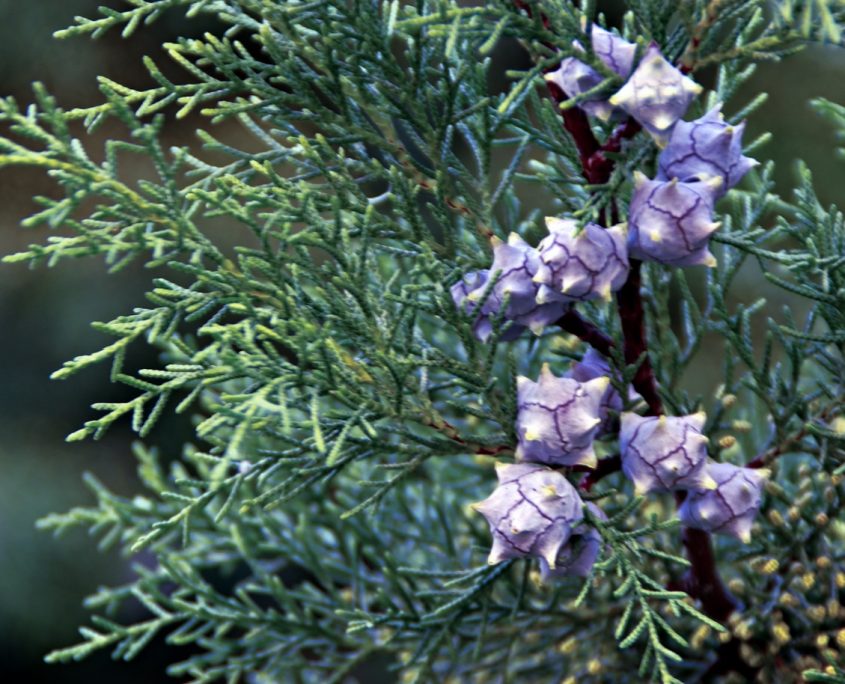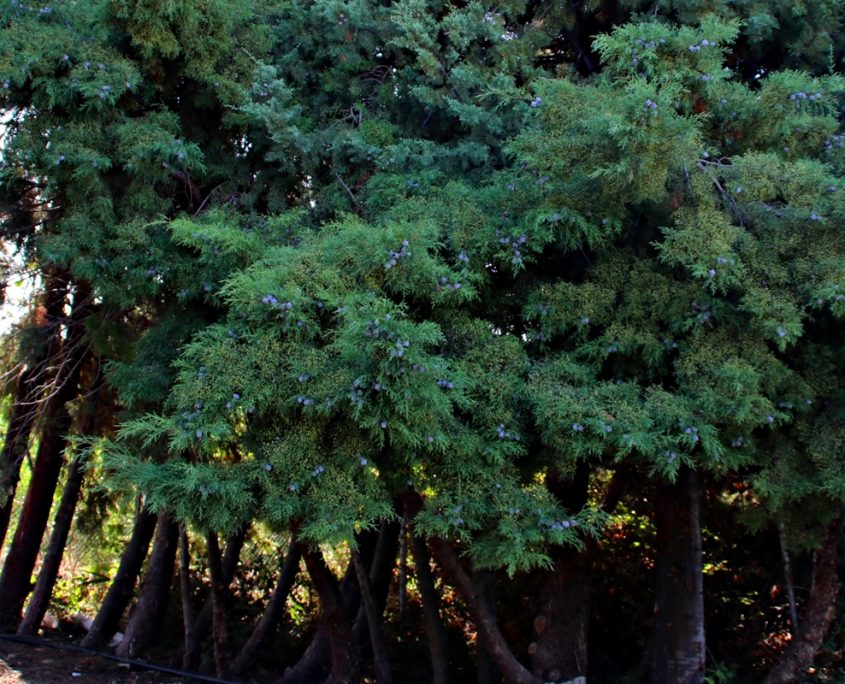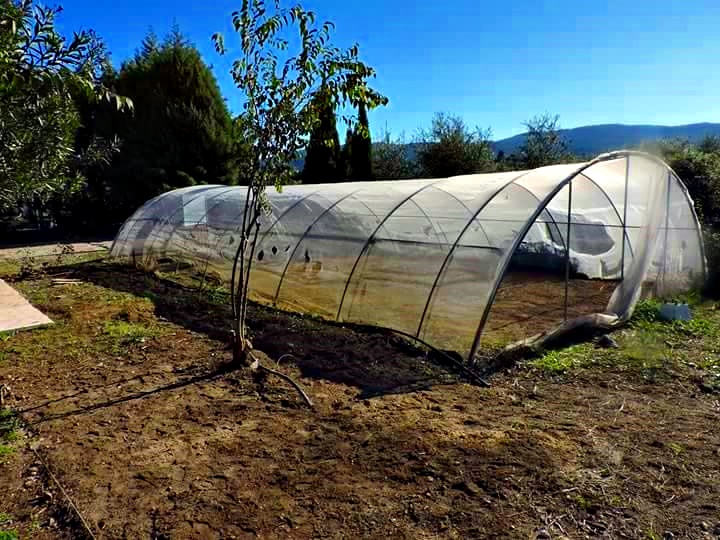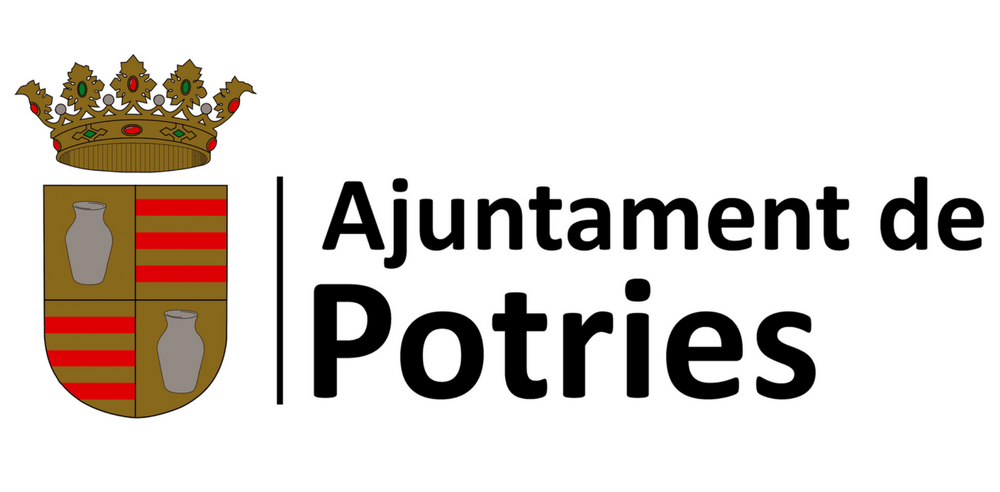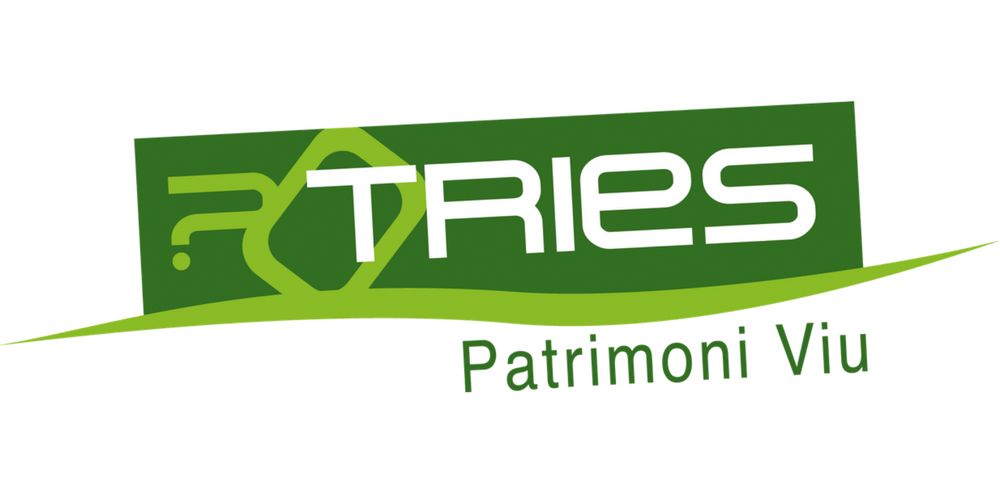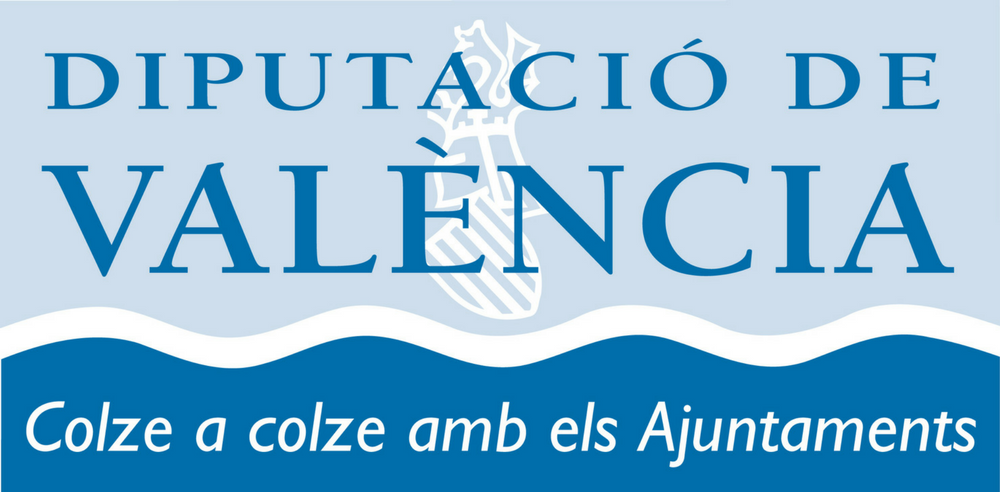Cupressus arizonica var. glabra – Family: Cupresaceae
General characteristics
It is a type of tree from the family of Cupresaceae, original from the Southwest of the United States of America and from the North of Mexico. It can be found in small forests when wild, but it is often found dispersed around the land, and not in large forests. It was introduced in the rest of the continents until it became natural to many places in Europe.
It is an evergreen tree, medium sized, and has a cone-chaped cup, which can reach up to 25 metres high. The trunk can reach up to 50 cm in diametre, its foliage being greyish or blueish green. It has a smooth reddish-brown bark, from which vertical sheets tear down and drop. Its overlapping leaves are greyish-green fish-scale patterned, with the tip raised. Their back has resinous glans. It has woody cones with 6-8 scales…It also has woody strobiles with 6 to 8 mucronate scales that are brownish-grey green when young and brown when old.
Uses
Its main use is ornamental; it is mainly used for decorating parks and gardens around the world. It is widely used to mark out plots, thanks to its robust and tight physical character, as well as being easy to prune.
Its wood is made of fine grain, light in color, used for carpentry and also as fuel. It is also good to use in construction, as it doesn’t rot.
Curiosities
Cypressus in latin, which according to some authors comes from the word “Cyprus”, the country where it is indigenous and where it grows wild.
The pollen from this tree is responsible for breathing allergies at the end of winter and at the beginning of spring.
The Cypressus arizonica was described by Edward Lee Greene and published in the Bulletin of the Torrey Botanical Club 9 (5): 64-65. 1882
Blue Cypresses at the Hort-i-Cultura site.
The 37 blue cypresses are located in the premises of the Hort-i-Cultura Project, and their trunk sizes range from 0,80 m. (the largest one) to 0,16 m (the thinnest). They have been planted very close to each other and are slightly bent, the majority have single trunks, but some have developed lower branching.
CONDITION: Some have several pruning injuries, but not too severe. We have observed some resin bark flow. They give a lot of shade, due to the high plantation density.
ASSOCIATED LIFE: A variety or local birds.
ENVIRONMENT:
- NATURAL: It is a permeable ground, surrounded with herbaceous vegetation, near the hackberry grove.
- ANTHROPIC (man-made): they live next to an abandoned orange grove, surrounded by a metal fence.
Ethnobotany and/or associated history:
The 37 blue cypresses are found on the site where the Project Hort-i-Cultura is located; this Project is a popular initiative where the school, the Town Hall and the group of people that conform the Col.lectiu Nostra Terra meet in order to work together; the aim of the Project was to create an active space for horticultural activities; a nursery and garden centre that was conceived as an interdisciplinar educational resource and a space to share knowledge while being together; this would allow schoolchildren to learn about the process of growth and production in all its phases and applications; from product farming, to environmental issues and their economic implications, as well as learning about nutricional information, natural medicine and the preservation of our natural heritage.
Accessibility adapted to everyone.
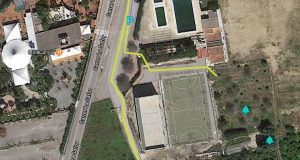
Location:
GPS parking location:
X, Y: 38.91877, -0.19228
GPS tree location:
X, Y: 38.91807, -0.19123

Accessibility adapted to everyone.

